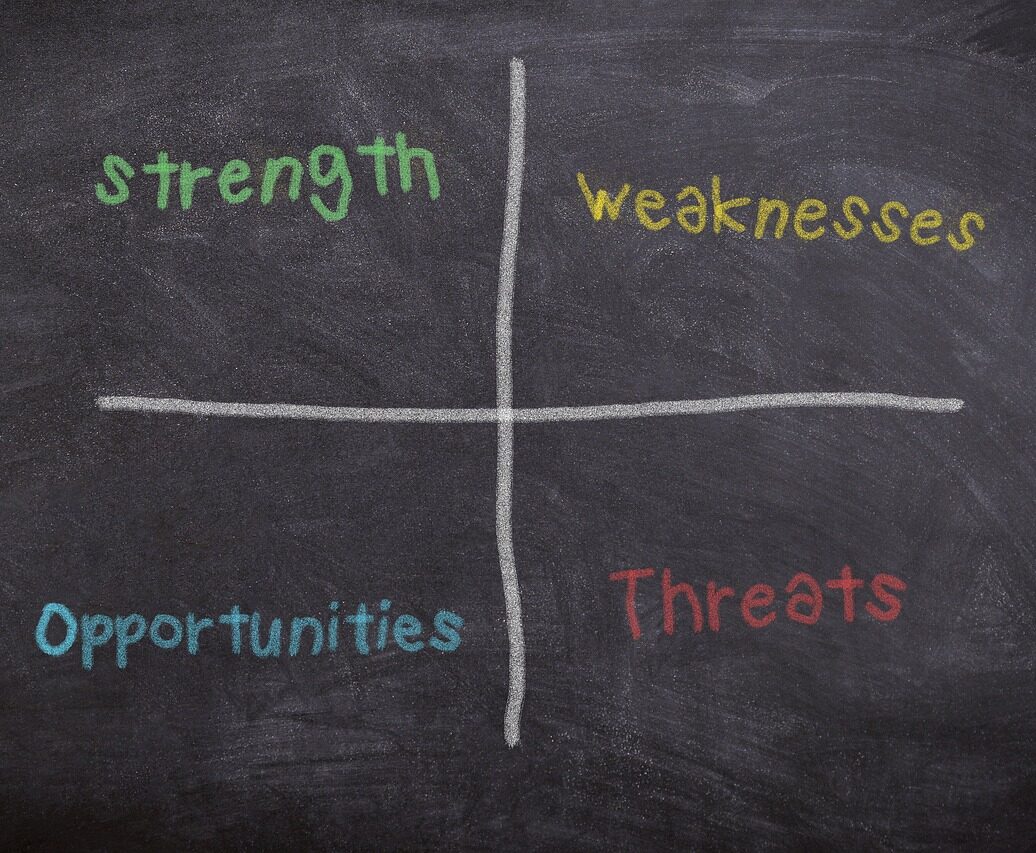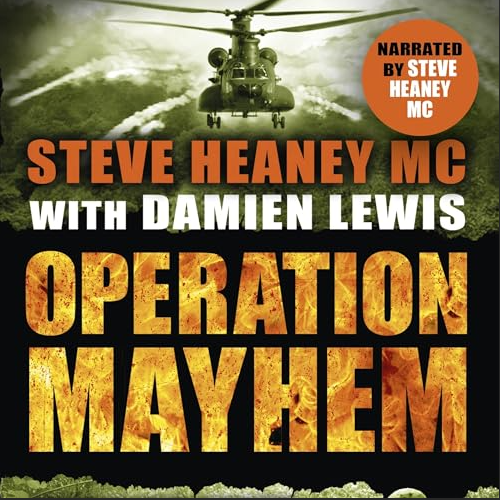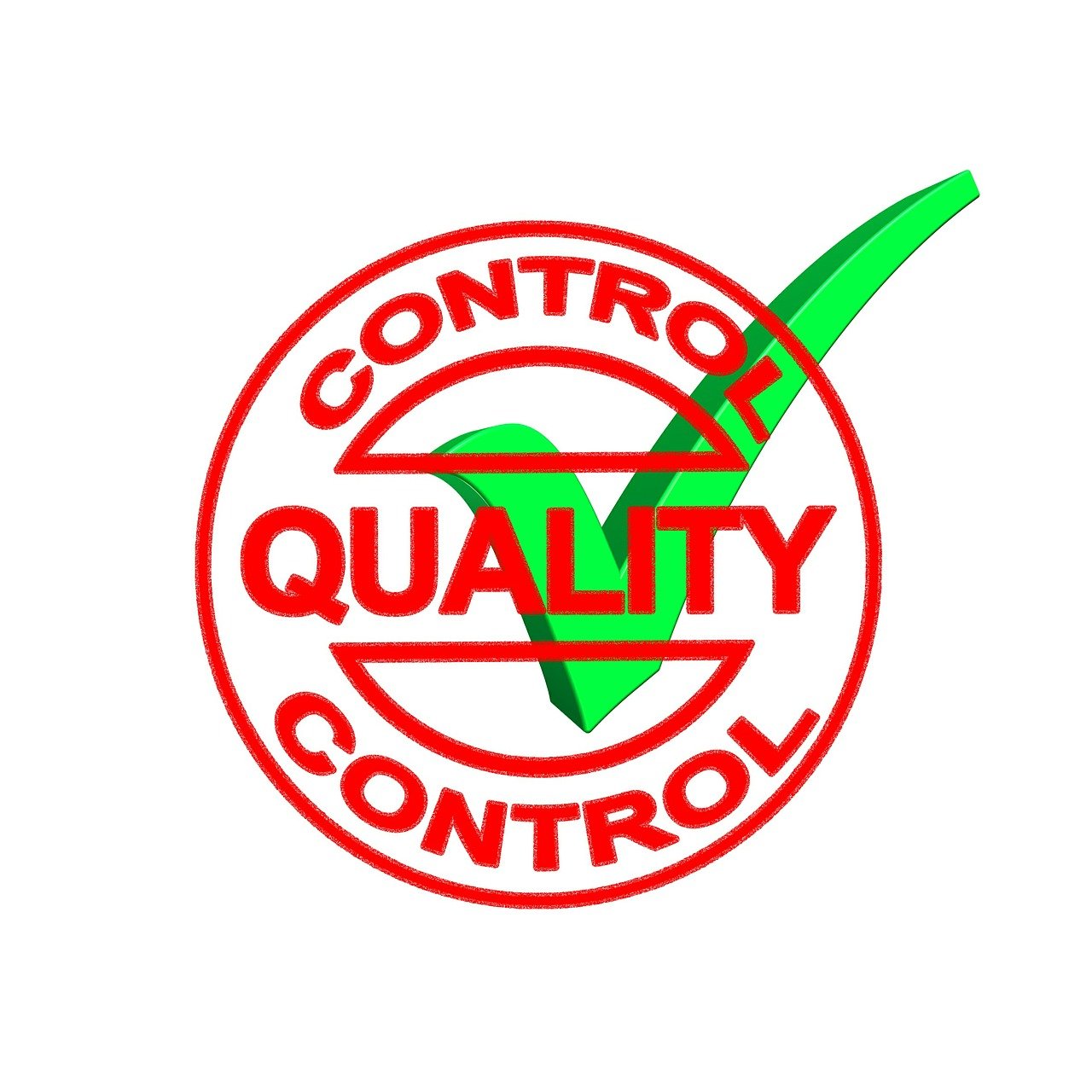Is it ok to give yourself a pat on the back? We think it is, so long as you are being honest with your praise and not over-egging the cake, however, it is reasonable to say that praise from others is probably more valuable. It is healthy to be self aware and make an assessment about what is working for you and what is not; what are your strengths and weaknesses? Businesses and individuals can conduct this exercise, often called a SWOT analysis and we would encourage you all to conduct an analysis of where you are, where you would like to be and how you will get there. You can also conduct a SWOT analysis on others. Now there is a thought.
Are you a SWOT?
Strengths, weaknesses, opportunities and threats (SWOT) analysis helps you identify where you are for a specific project or your overall business plan (this can be YOU and YOUR journey). It is a strategic plan to help you develop so make sure that you are a SWOT!
Strengths
Which of your personal capabilities are performing well. Look at these to help you understand what is working for you now. You can then continue on with what you know works well (your strengths) and look at other areas that might need additional support, like improving your time efficiency or your networking.
Answer the following questions as truthfully as possible:
- What do you do well? What do you do best?
- What is your unique selling point (USP)?
- What do your customers/clients/principals like about you?
- How are you better than your peers?
Weaknesses
Weaknesses are personal capabilities that are not performing well. Identifying weaknesses provides a starting point for improvement but is not always easy to do. It may be appropriate to ask other what they think you could do better.
Ask yourself:
- Where and why are you underperforming?
- Where can improvements be made?
- How are your competitors in these areas?
- Can you identify what you need to improve? This could be CPD or a piece of equipment.
Opportunities
Opportunities result from strengths and weaknesses that you have identified, combined with any external capability that will put you in a better position. Opportunities could be weaknesses that you would like to improve upon or areas that were not identified when you looked at strengths and weaknesses. Is there an opportunity to conduct some continual professional development that will give you a required qualification that will then open doors for you?
Ask yourself these questions before getting started:
- What resources can you use to improve?
- What are our goals for the year?
- What do your competitors offer that you do not?
- Are there gaps in your services?
Threats
Threats are areas with the potential to cause problems. Different from weaknesses, threats are external and out of your control. This can include anything from a global change – for example, the recent conflict in Ukraine or the pandemic both of these have had significant impact on the competitive landscape.
Look at the following questions to identify external threats:
- What changes in your industry are causing you concern?
- What is new to the market?
- Where are your competitors outperforming you?
Write it down, or it won’t happen!
Call it a SWOT analysis, call it a business plan – it doesn’t really matter but if you do not write it down, it won’t happen. You can make changes to your plan, your strengths, weaknesses, opportunities and threats will change overtime, some of them you will influence change, in other cases, change will beyond your control.





